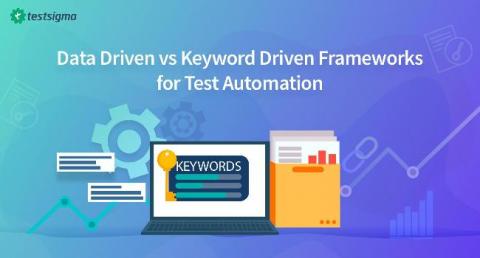Apache Hadoop Ozone Security - Authentication
Apache Ozone is a distributed object store built on top of Hadoop Distributed Data Store service. It can manage billions of small and large files that are difficult to handle by other distributed file systems. Ozone supports rich APIs such as Amazon S3, Kubernetes CSI as well as native Hadoop File System APIs.










